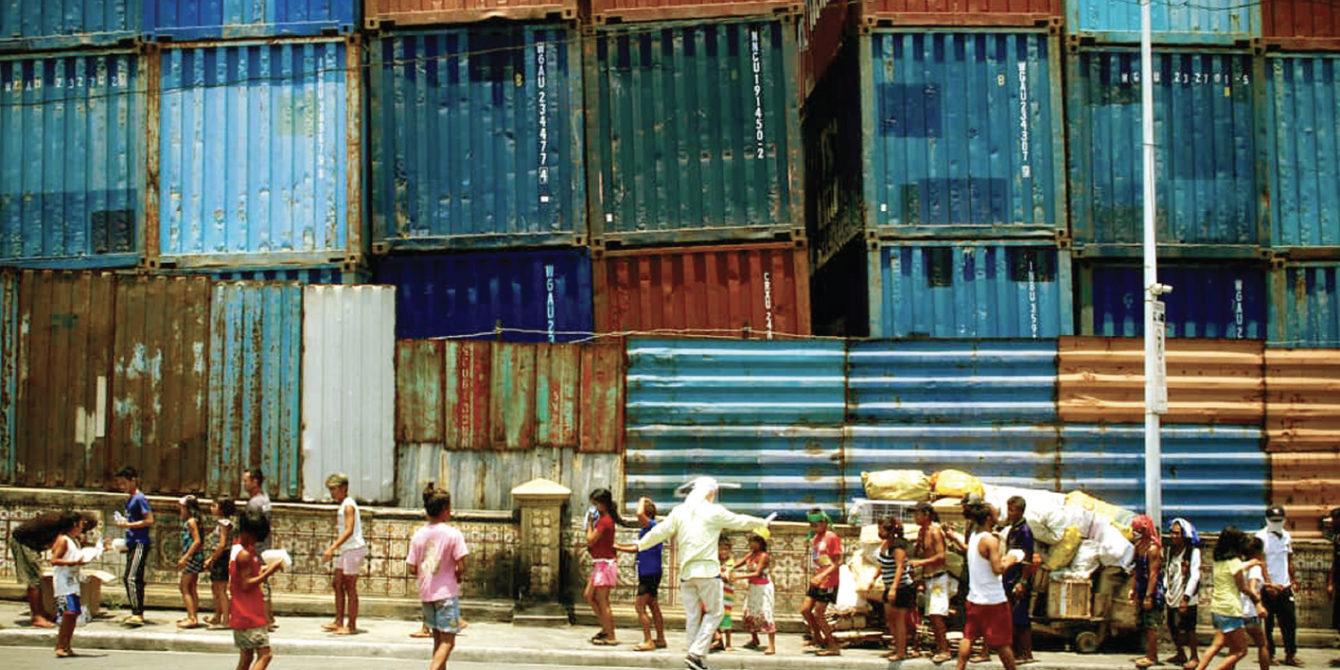Excluded and Indebted: Citizen’s Monitoring of the AIIB COVID-19 Loan

The global pandemic triggered by the novel coronavirus disease (COVID-19) has caused upheavals in people’s health and lives and economy of many countries. The pandemic also radically challenged state capacity to effectively and quickly protect the population and businesses from its adverse social and economic repercussions.
In the Philippines, following a confirmed case of local transmission and the threat of spread COVID-19 in the country, President Rodrigo Duterte placed the entire nation in a state of public health emergency by virtue of Proclamation 922 that he signed on March 8, 2020.
Shortly thereafter, he declared a state of national emergency and placed the whole of Luzon and high-risk areas in Visayas and Mindanao in a strict lockdown or enhanced community quarantine (ECQ) and the rest of the country under general community quarantine to contain the pandemic.
The lockdown, which was supposed to last from March 17, 2020 to April 13, 2020, was extended three times until end of May 2020. The strict lockdown severely disrupted people’s lives and business activities, causing huge economic losses, and the loss of jobs and incomes among millions of Filipinos. Among the most severely affected are millions of families belonging to the poor and near poor, workers in the informal sector and vulnerable groups.
A week after the public health emergency declaration, the Philippine government launched a comprehensive COVID-19 Response Program to mitigate the pandemic’s negative impacts and to contain the spread of COVID-19.
Health, social protection, and economic relief measures were identified for implementation in three stages: Emergency Stage (March to May 2020), Recovery Stage (June to December 2020), and Resiliency Stage (2021 onwards).
Some Php 654.25 billion was estimated to finance emergency and recovery measures for emergency subsidies, cash, and credit assistance for specific vulnerable individuals — like affected workers, farmers, and overseas Filipino workers (OFWs) — or intended for micro-, small- and medium-enterprises (MSMEs), and for strengthening the health system’s capacity to combat COVID-19. An emergency subsidy program of Php 200 billion targeting 18 million low-income families was part of the package of measures for the emergency and recovery stages.
---
This research report was written to share research results, to contribute to public debate and to invite feedback on development and humanitarian policy and practice. It does not necessarily reflect the policy positions of the organizations jointly publishing it. The views expressed are those of the author and not necessarily those of the individual organizations or the author’s home institution.

 Follow us on Facebook
Follow us on Facebook Instagram
Instagram Follow us on Twitter
Follow us on Twitter LinkedIn
LinkedIn